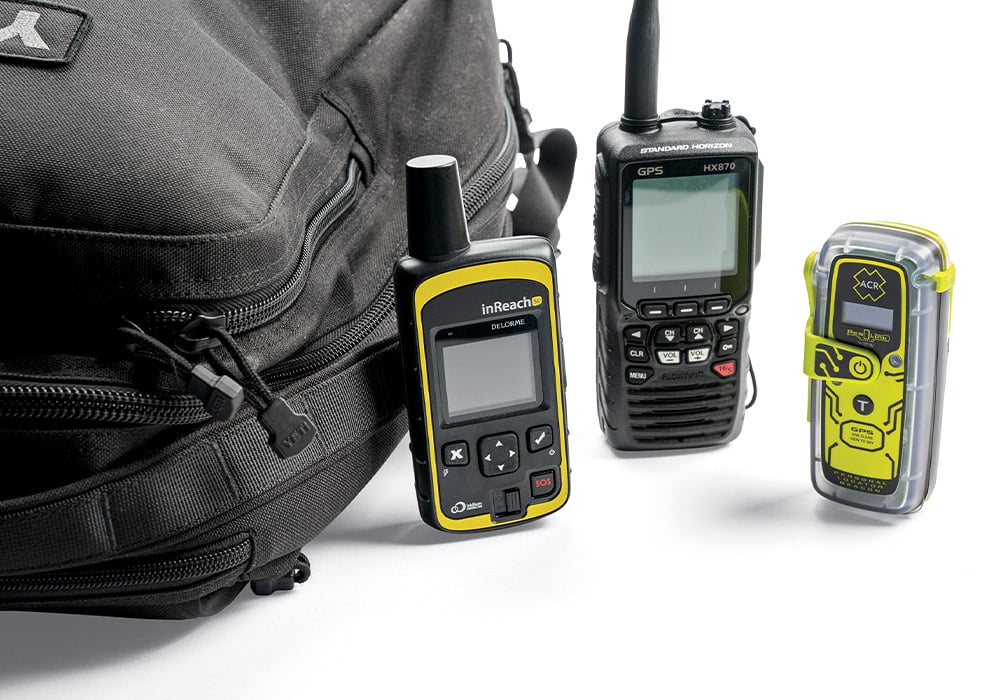
Years ago, after I closed the deal on my first boat, my brother-in-law offered some sage advice: “You don’t have to be scared of the Gulf,” he told me before the maiden voyage. “But you damn sure better respect it.” Several boat purchases later, that counsel still comes to mind whenever I leave the dock.
On the water, there’s always the potential for the unexpected and, for smaller craft fishing offshore, minor problems can escalate quickly. But with the proper gear and preparations, boats under 30 feet are up to the task when it comes to safely handling bluewater haunts. Two seasoned charter guides share how their craft are rigged, and what they carry to handle whatever contingencies might arise.
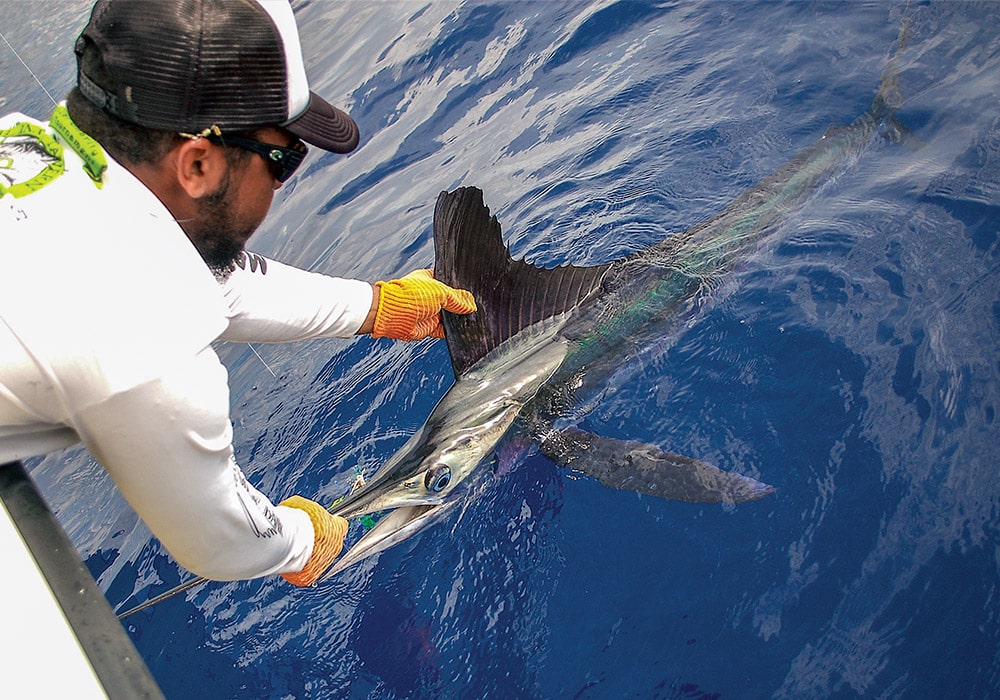
Capt. Eric Newman, out of Venice, Louisiana, runs a SeaVee 270Z Bay with twin Mercury V-6 outboards and a fuel capacity of 118 gallons. “This boat allows me to fish the oil rigs for cobia, tripletail and snapper, or run farther out for tuna, swordfish and deep-dropping. It opens up a whole new category of options,” he says.
“My primary responsibility is safety, so I wouldn’t take clients offshore without twin engines, and I always have to think about the worst-case scenarios,” Newman adds. “Electronics are essential for operating in our waters. I put a Raymarine closed-array Doppler radar on the T-top because, besides summer storms, we get dense fog around the Mississippi River. There are days when we use radar and GPS the entire trip.”
In addition, Newman carries Type I life jackets, a throwable ring, and the other required boating safety equipment, plus a ditch bag and a larger waterproof backpack with extra gear. Key items include a handheld VHF radio and an inReach satellite communicator/GPS, which can send text messages anywhere in the world. It’s waterproof and floats, plus it can be loaded with GPS waypoints for a backup system, in case of total electronic failure on board.
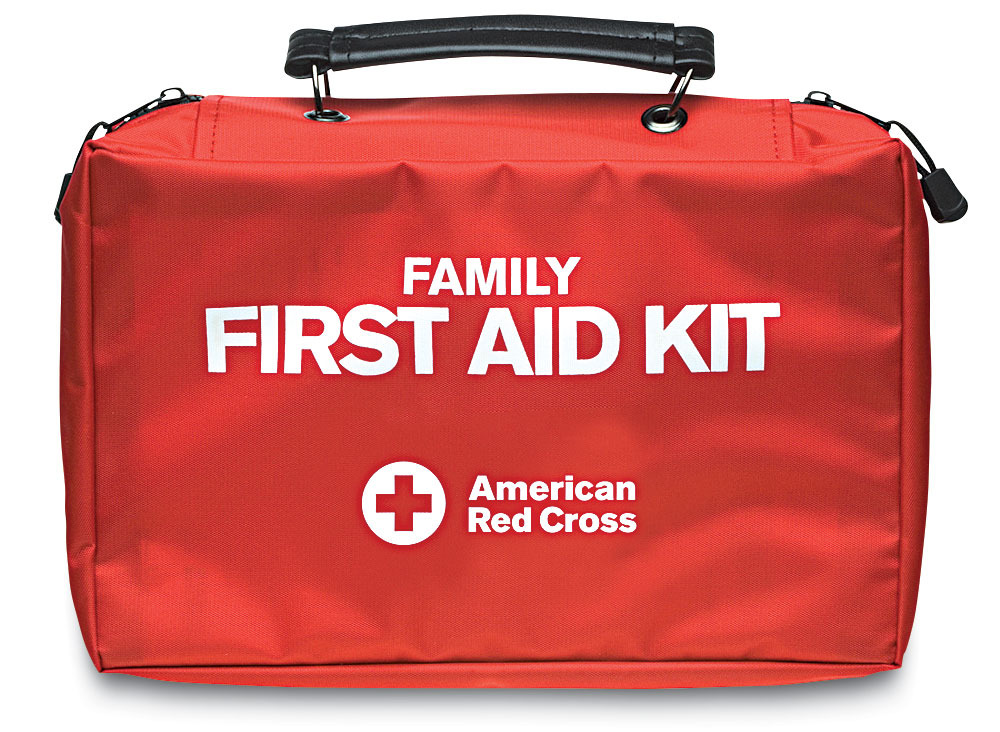
Lifesavers
A well-stocked first-aid kit is also important. Newman makes sure his contains ibuprofen for pain, and Benadryl and EpiPens for allergic reactions. He says a compact defibrillator will be the next purchase. “I’ve had lines go through man o’war and jellyfish tentacles, and clients have inadvertently wound them in and had them flip onto their faces. If they go into shock, those two items could save their life.”
Newman gives charter clients a safety briefing before each trip, and uses a tether line hooked to the harness whenever an angler battles a big fish. “The proper footwear, both for comfort during long runs and sure footing on wet decks, is equally critical,” he concludes.
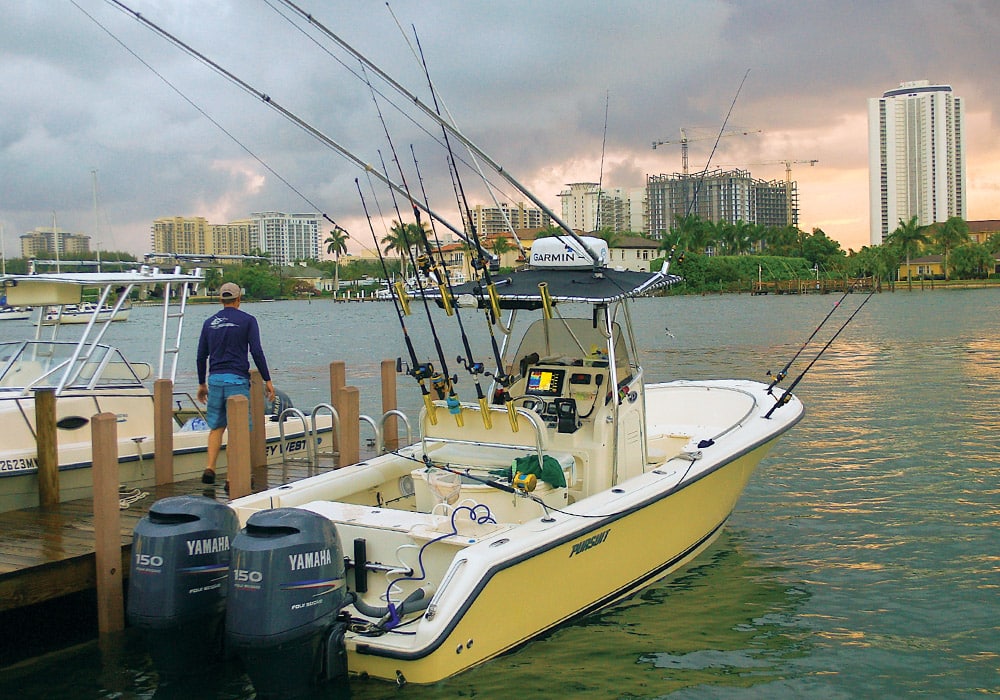
Capt. Willie Howard, who specializes in fishing for pelagics off Palm Beach, Florida, also offered his take on outfitting a boat. The winter months are typically spent targeting the reef line, just offshore, for sailfish and wahoo. But in the summer months, he’ll range 20 miles or more into the Gulf Stream hunting for dolphin, and has also made trips to Grand Bahama in the company of other boats.
Howard operates a Pursuit C250 center-console with twin Yamaha 150 hp outboards. He believes keeping those engines regularly serviced is a top priority. “I have a really good relationship with my mechanic. Staying on top of routine maintenance is very important. I don’t want to have a problem when I’m 20 miles offshore,” he says.
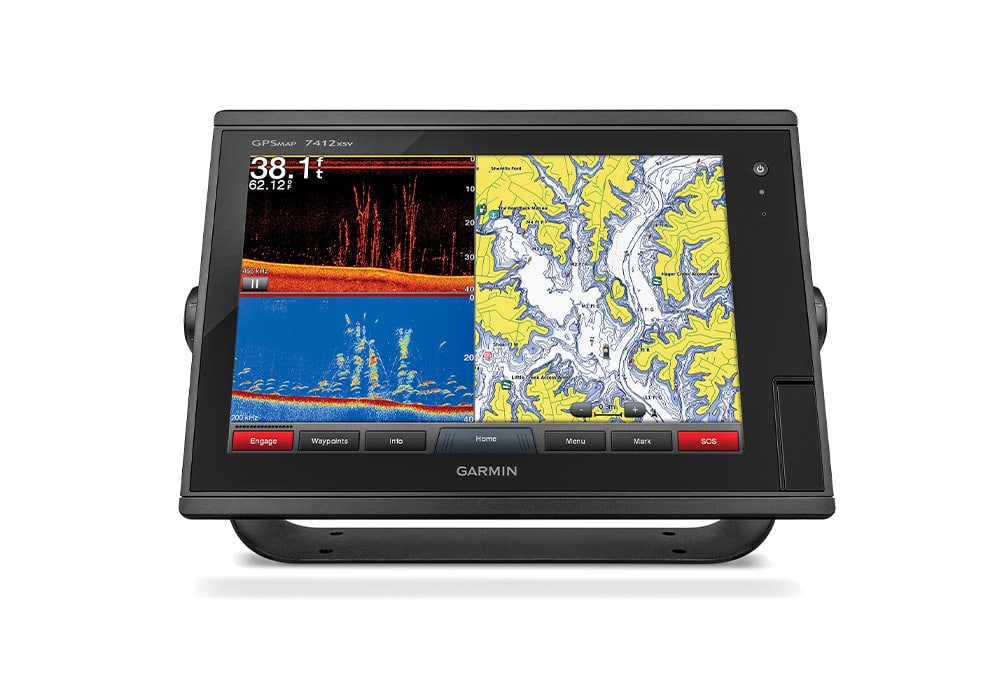
Essential Electronics
His Pursuit is equipped with a Garmin Phantom 24 radar, which he uses to navigate around summer thunderstorms.
He also consults NOAA forecasts, buoy data and weather radar on his cellphone before trips. “You lose cell coverage after 10 miles, so a VHF radio is a must,” he says. “When it’s calm, I don’t hesitate to run miles offshore. My boat has the range to do that comfortably, and those big mahi and the occasional marlin make it worth it. But I always file a float plan with my wife by email or text message.”
Read Next: Big Game Fishing on Small Boats
Howard also carries a ditch bag stocked with a handheld VHF, EPIRB and other signaling devices.
He uses Type I offshore life jackets with reflectors, and adds battery-operated lights to the vests with Velcro straps. His first-aid kit includes trauma bandages, cotton baby diapers for gauze, and a CPR mask.
With all the right safety gear, enough caution, a healthy dose of respect for the sea, plus a constant eye on the weather, smaller boats are certainly capable of deepwater excursions. Why should the big boys have all the fun?









